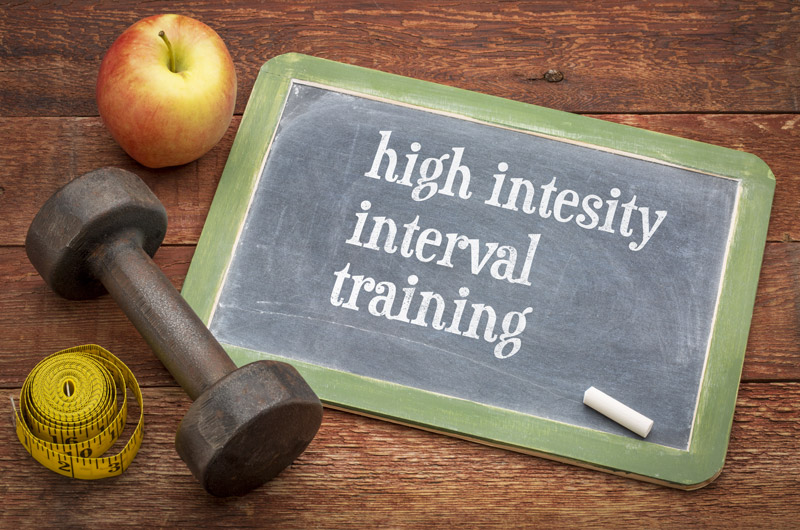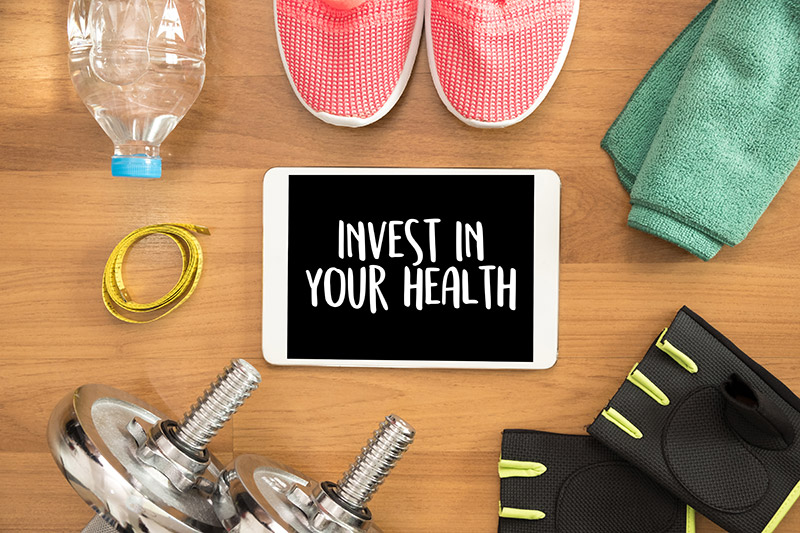- Home
- About Us
- Advanced Testing
- Nutrition & Self-Care
- Further Learning
- New Member Info
- Contact
Exercise is one of the most important components of a healthy lifestyle; it is essential for cultivating a healthy heart, body, and mind. There is a direct relationship between physical activity and life expectancy. (REF 7)
Reduce the risk of dying prematurely.
Improve blood flow and strengthen your heart muscle, reducing the risk of having a heart attack or stroke.
Decrease the risk of developing some forms of cancer (REF 1).
Improve blood pressure, blood sugars, cholesterol, and obesity
Improve overall psychological well-being (decreasing symptoms of depression and anxiety).
Improve attention and mental function, decreasing Alzheimer’s risk.
Help build and maintain healthy bones, muscles and joints.
Help balance hormones (like ghrelin, leptin, and testosterone)
Have anti-aging benefits (it activates the anti-aging enzyme telomerase)
Decrease fall risk of aging adults by increasing strength and balance.
Your heart is a muscle just like any other muscle in your body, so working it on a regular basis will help it grow stronger. Exercise improves the contractility of the heart muscle (how well it can pump and relax), in addition to the microcirculation (small capillaries and blood flow). These both help deliver more oxygen to the cells in your muscles, and help the cardiovascular system work more efficiently.

Subscribe to Carey’s monthly vlog and watch short sound bites of practical medical knowledge that will improve your understanding of all things health and wellness.
The American College of Sports Medicine (ACSM), the largest sports medicine and exercise science organization in the world, recommends most adults engage in at least 150 minutes of moderate-intensity exercise every week.

Adults and children should prioritize moving more and sitting less throughout the day. Some physical activity is better than none, but for those who can handle it, 30 - 60 min of aerobic exercise at least five days a week is ideal. Aerobic (cardiovascular) exercise is any activity that gets your heart rate up and keeps it up for a reasonable amount of time (walking, biking, swimming, elliptical, aerobics, etc). (REF 2) Read more HERE.

Those who have been inactive for a while may want to start with less strenuous activities (like walking) and begin at a comfortable pace. Over time, the intensity and duration of exercise can be increased as tolerated.

Heart rate goals vary depending on each individual’s age and health. Since the introduction of the Fit Bit, more people are tracking their heart rate with exercise. In order to gain the most health benefits from a cardio workout, the heart rate should remain at least above 50 percent of its maximum level. However, an individual’s heart and vascular health (which can by influenced by different genetic and lifestyle factors) will ultimately determine their ideal heart rate zone for exercise. In the end, your ideal heart rate zone is that which is the safest range for exercise, but also the most effective range for gaining CV benefit.
You can roughly estimate your target heart rate by age, (Click HERE) or you can get a cardiopulmonary exercise test (CPET) to accurately detect the ideal heart rate zone unique to you. The CPET also measures an individual’s cardiorespiratory fitness (CRF) level and can be tracked over time to confirm benefits of training or of medical interventions. In 2016, the American Heart Association published an official scientific statement advocating that CRF be categorized as a clinical vital sign, and advocate that it be routinely assessed as part of clinical practice. (REF 5) Whole Heart Family Medicine is one of the few providers in the area offering this testing to patients. Read more about CPET HERE.

High-intensity interval training (HIIT) is now recognized by both the fitness and medical world to be one of the most effective means of improving cardiovascular health, respiratory endurance, and metabolic function. However, many people are drawn to HIIT simply because of its incredible benefits on boosting metabolism.
HIIT is a form of exercise training that alternates short periods of intense exercise with less intense recovery periods. This type of exercise is challenging because it will push you outside your comfort zone. You will work harder than a typical cardio workout, but you will do it in spurts of 30 seconds to 3 minutes, and then have a chance to recover for the same amount of time or longer. HIIT sessions typically last between 20 - 30 minutes (depending on the participant’s fitness level and the intensity of the exercise). This type of exercise can be a great option for busy people because you can gain the same health benefits of “moderate” steady aerobic exercise in about half the time. (REF 3)

There are other benefits to HIIT in addition to it being a time saver. Since this type of training gets your heart rate up faster and longer, it boosts metabolism and helps you burn more fat. Your body will actually continue to burn additional calories for about two hours after you do HIIT. This is due to EPOC (excess post-exercise oxygen consumption), what some people refer to as “afterburn.”

HIIT may be a good option to alternate with other forms of moderate cardio. You can try out a HIIT class at your local Orange Theory gym or you can simply modify your current exercise regimen to incorporate high-intensity intervals. You can read more about HIIT HERE.
Exercise is for everyone, but HIIT is NOT for everyone. You need great motivation and physical stamina for HIIT - this type of exercise is not recommended for de-conditioned patients. If you are not used to this type of training or have not been exercising regularly then you should start with lower intensity aerobic exercise to strengthen the heart and muscles first, and then slowly work-up the intensity and duration over time. If there is any question as to what level of exercise is best, always play it safe and start at a lower intensity . . . or you can have a CPET done to find out exactly what your heart can handle.
No matter what type of exercise is chosen, patients should always pay attention to their bodies and be careful not to push themselves too hard too soon. Patients who have been inactive for a long time, have multiple medical conditions, or experience any discomfort with exertion should get clearance from their medical provider before implementing any new exercise program.

Do something today for a better tomorrow!
Make an appointment now for advanced testing. We are here to help.
REFERENCES
1 – https://www.cancer.org/latest-news/exercise-linked-with-lower-risk-of-13-types-of-cancer.html
2 – https://health.gov/paguidelines/second-edition/pdf/Physical_Activity_Guidelines_2nd_edition.pdf#page=39
3 – https://www.ncbi.nlm.nih.gov/pubmed/22124355
4 – https://www.ncbi.nlm.nih.gov/pubmed/8028502
5 – Ross, Robert; Blair, Steven N.; Arena, Ross; Church, Timothy S.; Després, Jean-Pierre; Franklin, Barry A.; Haskell, William L.; Kaminsky, Leonard A.; Levine, Benjamin D. (2016-12-13). "Importance of Assessing Cardiorespiratory Fitness in Clinical Practice: A Case for Fitness as a Clinical Vital Sign: A Scientific Statement From the American Heart Association". Circulation.134 (24): e653–e699. doi:10.1161/CIR.0000000000000461. ISSN 0009-7322. PMID 27881567.
6 – https://draxe.com/fitness/hiit-workouts/